To be capable of surveilling, preventing, and managing disease outbreaks, public health systems require trustworthy, community-embedded public health workers who are empowered to undertake their tasks as professionals. The world has not invested in this cadre of health workers, despite the lessons from Ebola. In a new paper, my co-authors and I discuss why, and how to fix this flaw in the specific context of India.
Before COVID-19, India’s community health workers had been treated as quasi-volunteers and managed with suspicion and distrust. Data collected between November 2018 and March 2019 in the state of Bihar show that community health workers did not receive steady wages and were regularly “scolded” at management meetings (Figure 1).
Source: Khemani, Stuti; Chaudhary, Sarang; Scot, Thiago. 2020. Strengthening public health systems: Policy ideas from a governance perspective (English). World Bank.
Notes: CHW is community health worker; ANM is auxiliary nurse midwife; PHC is primary health center.
These attitudes may have been justifiable. Both research and experiential knowledge embedded in health departments suggest that when a worker is made “permanent” and put on the public payroll, their mindset changes. They are more likely to be absent and exert lower effort at their tasks. In our survey we find that households are more likely to rely on the quasi-volunteer community health workers, who do not receive in a timely way even the little remuneration to which they are entitled, than on the permanent health workers posted to their villages. The lowest cadre of health workers on the public payroll—the auxiliary nurse midwives (ANMs) who are supposed to manage the village-level health subcenters—are widely absent and not identified by households as a significant source of health services.
Because managers suspect, or have evidence, that their subordinates are not performing well, they use management meetings to upbraid and discipline, as revealed in our survey (Figure 2). Political leaders, in turn, are reluctant to spend scarce fiscal resources on regular salaries to community health workers because this spending may be wasted, with little to show voters in terms of results.
Source: Khemani, Stuti; Chaudhary, Sarang; Scot, Thiago. 2020. Strengthening public health systems: Policy ideas from a governance perspective (English). World Bank.
In common parlance in India, this low effort among and trust in public service providers is referred to as problems of “the system.” Indeed, the majority of our survey respondents, across health cadres, from doctors with supervisory authority at the top of the cadres down to the community health workers at the bottom, agree with the statement: “Irrespective of my efforts, the system will not allow health outcomes to improve.” (Figure 3). In economic theory this is referred to as an “equilibrium” in the game of the public sector, sustained by beliefs about how others are behaving.
Source: Khemani, Stuti; Chaudhary, Sarang; Scot, Thiago. 2020. Strengthening public health systems: Policy ideas from a governance perspective (English). World Bank.
Notes: CHW is community health worker; ANM is auxiliary nurse midwife; PHC is primary health center.
Today, those unpaid, distrusted and scolded health workers are the foot soldiers at the front lines of the battle against COVID-19. In the language of game theory, the pandemic has created a new “focal point,” one in which beliefs have shifted toward the importance of community health workers and the need to train, support, and equip them to perform a variety of health tasks during and beyond the pandemic. This focal point should not be wasted. To use it effectively will require going beyond technical health policies to the local political institutions where society forms its political norms, or beliefs about how others are behaving in the public sector.
Strategic communication, tailored to local political institutions, is needed to solve the governance and trust problems that have bedeviled technical health policymakers. For example, in Ceara, Brazil, the state’s governors used radio broadcasts to urge people not to vote for mayors who treat local health workers as political patronage. A case study shows how this communication campaign overcame political impediments to create a professional cadre of public health workers. Yet, the Ceara example has been sitting on the shelf because the fear of talking about politics has prevented external partners from bringing its lessons to policy dialogue with reform leaders. When we shared the research with leaders in Bihar, one of them remarked that he had never thought about the role that a locally elected mukhiya (head of village government) could play in improving health services.
These ideas can be tested through a development project in Bihar, with external partners bringing a comparative advantage of being outside the domestic political game, and as producers of non-partisan knowledge. The survey provides context-specific details on the nature of local political contestation, the types of media different agents use, the structure of management meetings, all of which could be used to design a Ceara-style communication campaign to shift politics away from patronage to supporting a professional bureaucracy. Bihar is a particularly appropriate place to try to transform institutions because its needs have increased exponentially during the COVID-19 pandemic. Bihar accounts for a large share of the migrant workers who had to make their tragic way home after the central government locked down India, only to be quarantined and kept out of their villages.
The research we have undertaken and are proposing is different in terms of the questions asked and methods used. Research so far has focused on documenting evidence of weak incentives and low accountability for service delivery in the public sector, and thence on evaluating interventions targeted at strengthening incentives, such as making some part of pay conditional on performance indicators. Even when increasing the power of incentives has been shown to “work,” the authors of those findings concede that implementing optimal incentive contracts at scale can place significant demands on state capacity. Our research is aimed at helping reform leaders think about how to structure bureaucracies and assign tasks to leverage intrinsic motivation and reduce reliance on high-powered incentives, as economic theory suggests.
The descriptive research we have undertaken does not use randomized control trials, which are the gold standard being used to set the tone of policy dialogue, or even establish correlations. Collaboration with policymakers who are willing to experiment with policy is hard enough and compounded in this case by the complexity and potential sensitivity of targeting bureaucratic management culture and political contestation. This research takes economic theory seriously, using rich surveys and innovative modules to measure the variables that theory suggests are important (such as intrinsic motivation and peer norms). The survey provides evidence of the mismatch between actual policy practice and the insights from economic theory and offers ideas to policymakers to adopt a different approach to strengthening health systems using the current crisis as an opportunity.
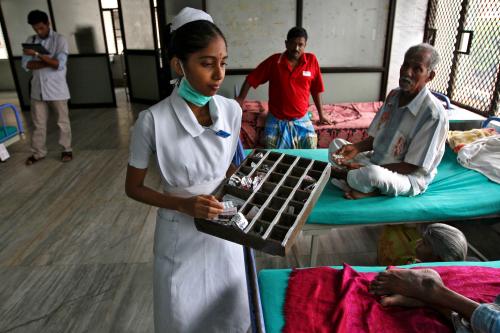
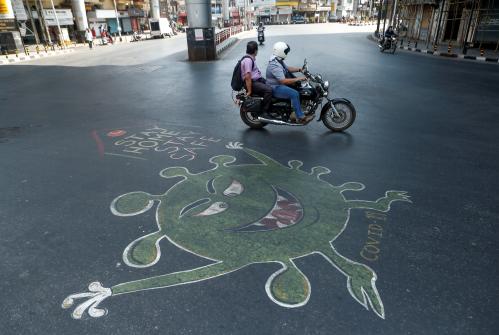
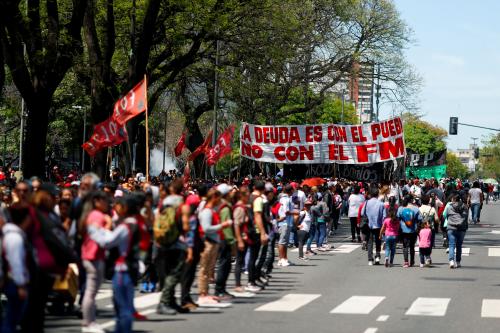
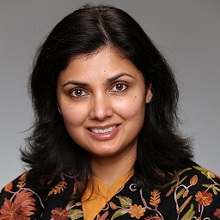
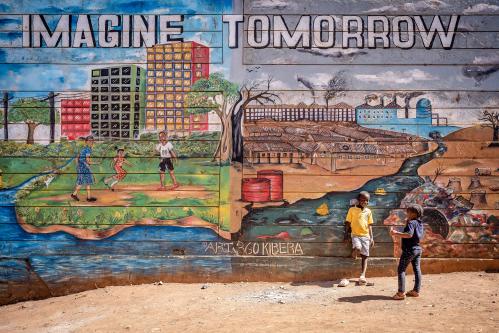


Commentary
COVID-19 has revealed a flaw in public health systems. Here’s how to fix it.
April 30, 2020